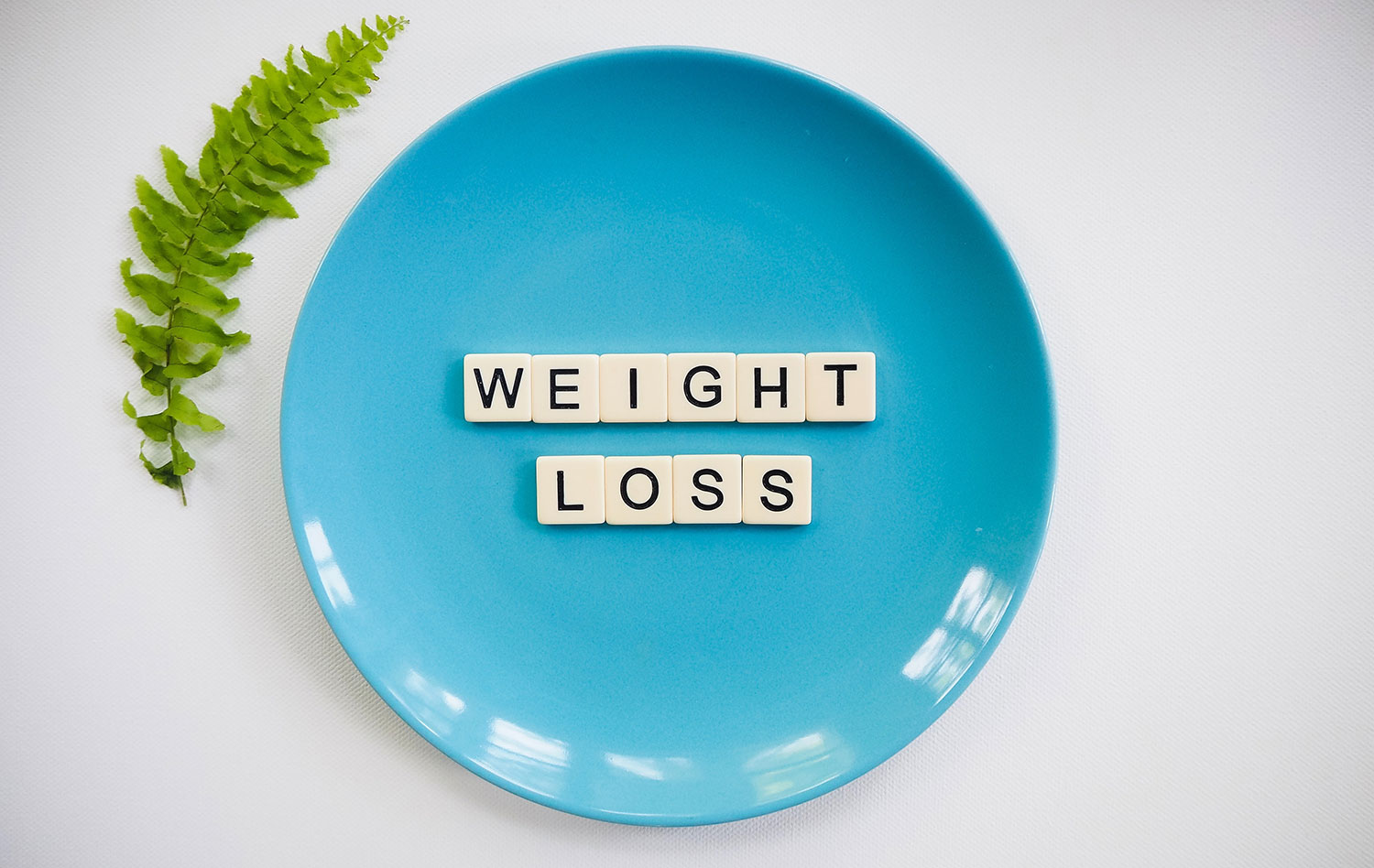Obesity is one of the largest epidemics of modern times and has been linked with several life-threatening diseases such as Type 2 Diabetes and heart disease (Expert, 2014). In the United States, the prevalence of overweight and obesity has steadily risen over the past several decades. Between 1999-2016, obesity rates rose from 30.5% to 39.8% among adults ages 20 and older (Hales, Carroll, Fryar, & Ogden, 2017). Many factors have led to this increase, one of which is the overabundance and availability of convenience foods, and another the decline in cooking skills and nutrition knowledge (Saksena et al., 2018).
The restaurant industry in the United States has grown from $43 billion in 1970 to $863 billion in 2019 (National Restaurant Association, 2019). Over the years, many home-cooked meals have been replaced by restaurants, fast food, delivery, and ready-made meals (Guthrie et al., 2002; Mancino et al., 2010; Nielsen & Popkin, 2003; Saksena et al., 2018). Food away from home is found to have poorer nutritional quality compared to food prepared at home, and generally contains more calories, is served in larger portion sizes, and is less nutritious (e.g., high in fat and sodium) (Mancino et al., 2010; Nielsen & Popkin, 2003, Saksena et al., 2018). This increase in caloric intake due to higher consumption of food away from home has contributed to weight gain in the US population (Mancino et al., 2010).
On the contrary, studies show that eating home-cooked meals more frequently is associated with lower BMI and body fat percentage, and an overall healthier diet (Mills, Brown, Wrieden, White, & Adams, 2017; Wolfson & Bleich, 2014). Those consuming home-cooked food more than five times per week, compared with less than three times per week, were 28% less likely to have overweight BMI, 24% less likely to have excess percentage body fat, and consumed significantly more fruits and vegetables (Mills et al., 2017). Therefore, for those that endeavor to lose weight and improve diet quality, a simple place to start is by eating more home-cooked food and minimizing or eliminating food away from home.
References:
Expert, P. M., Jensen, M. D., Ryan, D. H., Donato, K. A., Apovian, C. M., Ard, J. D., . . . Yanovski, S. Z. (2014). Executive summary: Guidelines (2013) for the management of overweight and obesity in adults. Obesity, 22, S5-S39. doi:10.1002/oby.20821
Guthrie, J.F., Lin, B., & Frazao, E. (2002). Role of food prepared away from home in the American diet, 1977-78 versus 1994-96: Changes and consequences. Journal of Nutrition Education and Behavior, 34(3), 140-50. doi:10.1016/S1499-4046(06)60083-3
Hales, C. M., Carroll, M. D., Fryar, C. D., & Ogden, C. L. (2017). Prevalence of obesity among adults and youth: United States, 2015–2016 (NCHS Data Brief No. 288). Retrieved from https://www.cdc.gov/nchs/products/databriefs/db288.htm
Mancino, L., Todd, J.E., Guthrie, J.F., & Lin, B.H. (2010). How food away from home affects children’s diet quality (ERR-104). Retrieved from https://www.ers.usda.gov/publications/pub-details/?pubid=44756
Mills, S., Brown, H., Wrieden, W., White, M., & Adams, J. (2017). Frequency of eating home cooked meals and potential benefits for diet and health: Cross-sectional analysis of a population-based cohort study. International Journal of Behavioral Nutrition & Physical Activity, 14(1), 109.
National Restaurant Association (2019). 2019 Restaurant Industry Fact book. Retrieved from http://restaurant.org/research/reports/state-of-restaurant-industry
Nielsen, S.J., & Popkin, B.M. (2003). Patterns and trends in food portion sizes, 1977-1998. Journal of the American Medical Association, 289(4), 450-453. doi:10.1001/jama.289.4.450
Saksena, M. J., Okrent, A. M., Anekwe, T. D., Cho, C., Dicken, C., Effland, A., … & Jo, Y. (2018). America’s Eating Habits: Food Away From Home (No. 281119).
Retrieved from https://www.ers.usda.gov/webdocs/publications/90228/eib-196.pdf
Wolfson, J. A., & Bleich, S. N. (2014). Is cooking at home associated with better diet quality or weight-loss intention? Public Health Nutrition, 18(8), 1397-1406. doi:10.1017/S1368980014001943
Find out more at www.uwac.com









Get Social